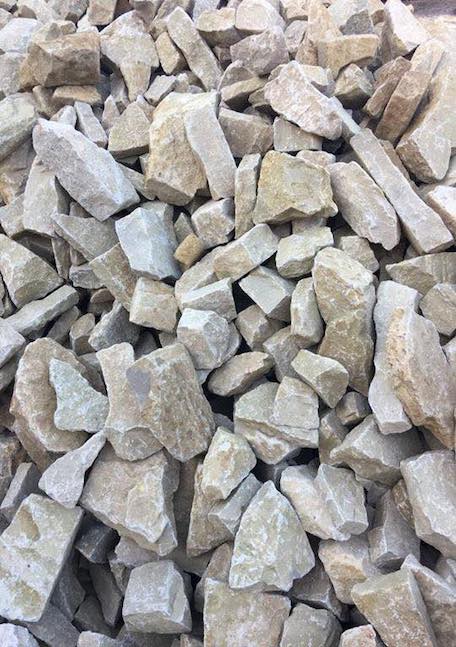Frequently Asked Questions
-
Can You Deliver?
Yes We can deliver to you please ring: 01277 362 739
-
Difference between aggregate and gravel
Aggregate and gravel are related terms used in the construction and landscaping industries to describe different types of materials. While they are often used interchangeably, there are some distinctions between the two:
Composition:
Gravel:Gravel is a naturally occurring material composed of small rock fragments. These fragments can vary in size from about 2 millimeters (mm) to 75 mm in diameter. Gravel is typically made up of rounded or angular stones and may include a mix of different types of rocks, such as granite, limestone, or sandstone.
Aggregate:Aggregate is a broader term that encompasses a range of materials used in construction, including gravel. Aggregates can be natural or manufactured and include a variety of materials like crushed stone, sand, gravel, slag, recycled concrete, and more. So, gravel is a type of aggregate, but not all aggregates are gravel.
Size and Use:
Gravel:Gravel is primarily known for its larger particle size, typically ranging from 2 mm to 75 mm or more. It is commonly used in construction and landscaping for purposes such as creating driveways, walkways, and drainage systems. Gravel is also used as a decorative element in gardens and landscapes.
Aggregate:Aggregates can vary widely in size, from fine sand to large stones. They are used in construction for a variety of applications, including making concrete and asphalt, as well as in road construction, drainage systems, and building foundations. Aggregates can serve as a structural component in various construction projects.
Shape and Texture:
Gravel:Gravel particles are typically rounded or angular and have a relatively coarse texture due to their larger size. They are often used for their stability and drainage properties. Aggregate:
Aggregates can have a range of shapes and textures, depending on their source and intended use. They may include crushed stone with angular edges, fine sand, or even materials like slag or recycled concrete, which can have irregular shapes.
In summary, while gravel is a specific type of aggregate characterized by its relatively large, natural rock fragments, the term "aggregate" encompasses a wider range of materials used in construction and landscaping. Gravel is just one of the many types of aggregates available, and its specific size, composition, and use make it distinct from other aggregate materials.
-
I don't know how much ready mix concrete i need?
You can use our concrete calculator Or we are happy to work it out for you please ring 01277 362 739.
-
What quantity of aggregate do you do?
We can supply a bag of aggregate or 20 Tonne you can pick up or we will deliver. Free delivery depends on the amount that you purchase.

